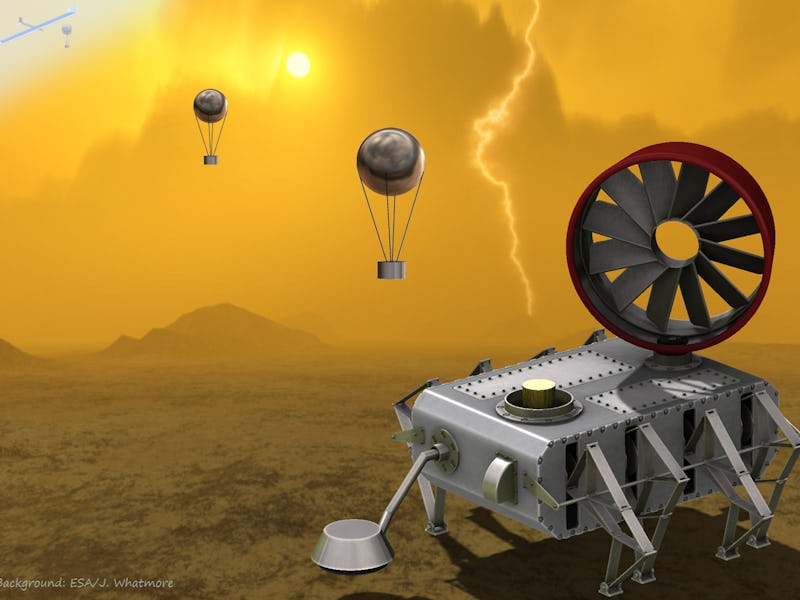How Ancient Machines Are Inspiring Future NASA Rovers

Venus is an extraterrestrial hell. With surface temperatures scorching up to 842 degrees Fahrenheit and 92 times the pressure found here on Earth, the second planet from the sun has fried and decimated every piece of electronic instrument we’ve shipped over there — but scientists may have finally figured out how to get something to work on the second rock from the sun.
Only half a dozen landers have made touchdown on Venus, and the record survival time for a spacecraft (the Soviet Venera 13) is 127 minutes. In short, Venus is “probably one of the most hostile environments in our solar system, says Jonathan Sauder of NASA’s Jet Propulsion Laboratory in Pasadena, California.
So how do you overcome these obstacles to successfully study the planet? Sauder thinks the key is automaton technology. A rover that’s built using a mechanical automaton design “could last weeks, months, or perhaps even indefinitely,” he told the audience at the NASA Innovative Advanced Concepts Symposium in Raleigh, North Carolina on Tuesday.
The first question you probably have: what the hell is an automaton? Basically, it’s a mechanical, self-operating machine that can complete a specific task or set of instructions. One of the earliest example of automata was the Antikythera mechanism — an ancient Greek analogue computer used to predict astronomical positions.
The kinds of basic mechanical design of automata could be implemented in planetary rovers. That brings us to the Automaton Rover for Extreme Environments, or AREE — a concept developed by Sauder for a Venusian rover that replaces electronics entirely with mechanical parts. He believes such a system could last on the surface of the planet for months at a time and successfully collect and transmit data back to Earth for researchers to dig through. This could range from wind and weather patterns, temperature fluctuations, seismic activity, and much more.
AREE’s mechanical parts, according to Sauder, would presumably be based off pneumatics and store and release energy through pressurized components using atmospheric gas, and turbines that move through ambient winds. In other words: instead of trying to protect the rover from Venus’ high-pressure environment, NASA’s engineers would instead develop a system that runs on such an environment.
Sauder's ideas for alternative architectures
Sauder believes such a rover would probably need support from other instruments built from alternative architectures, such as a “tumbleweed” design that uses a spherical shell to roll an instrument around on the ground. He even suggests building and launching a series of stationary instruments situated around the planet that use rotating parts to measure wind and temperature.
If Sauder’s work under the NIAC program is successful, NASA may soon have a very unique way of exploring extreme worlds in the universe.